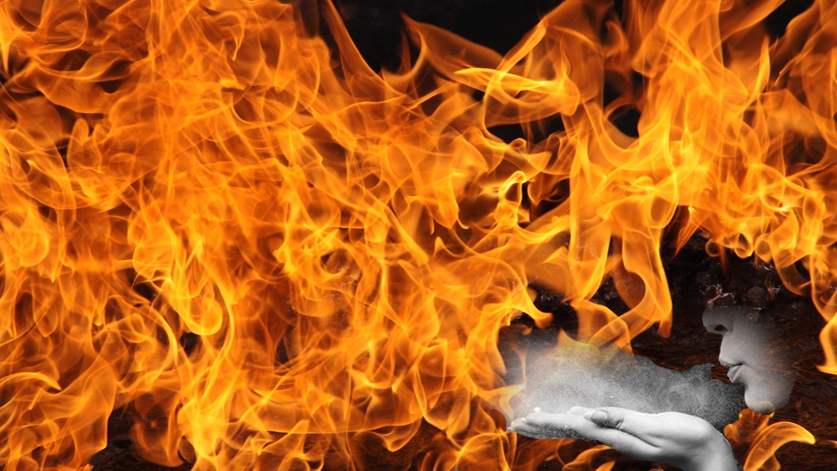
With the key phrase “potentially explosive atmospheres”, many users immediately think about areas that contain flammable gases and now know that only ATEX-approved pressure sensors may be used in plant and machinery in these areas. Frequently, however, they overlook the fact that even plants and machinery that are used in the vicinity of combustible dusts are subject to explosion protection in accordance with ATEX.
In Germany, almost every day there is a dust explosion. In more than half of these cases, wood or grain dust is the root cause for the explosion [1]. There is a particular danger here with these dusts, since they are only flammable or explosive when awhirl and therefore are often falsely classified as non-hazardous. Several times, I myself have visited operators of grain mills who were not aware that their silos represent a potentially explosive atmosphere and that the omnipresent coatings of dust were a significant explosion risk.
It is clear that instruments and pressure sensors which are used in potentially explosive atmospheres with the presence of combustible dusts, must meet requirements similar to those in use with the presence of combustible gases. Particular attention must be paid to the maximum permissible surface temperature, and not just the prevention of sparks. This is particularly important as hot surfaces are a potential source of ignition and in dust environments often all surfaces are covered with the dust present there.
If the dust is now agitated, there is a high probability that it will be ignited from the presence of the hot surfaces and inevitably generate an explosion. Therefore, it is important that all instruments and pressure sensors which are used in this dust environment can never reach a higher maximum surface temperature than the ignition temperature of the dust. Pressure sensors from WIKA are available with ATEX approval for use in explosive dust environments, with values for the maximum surface temperature which are significantly smaller than the usual ignition temperatures of common dusts.
Should you have further questions or if you need a detailed application consultation for WIKA’s pressure transmitters, simply use our contact form.
[1] Roger Peters, Chemietechnik “Ein Funke genügt“, edition September/2008

